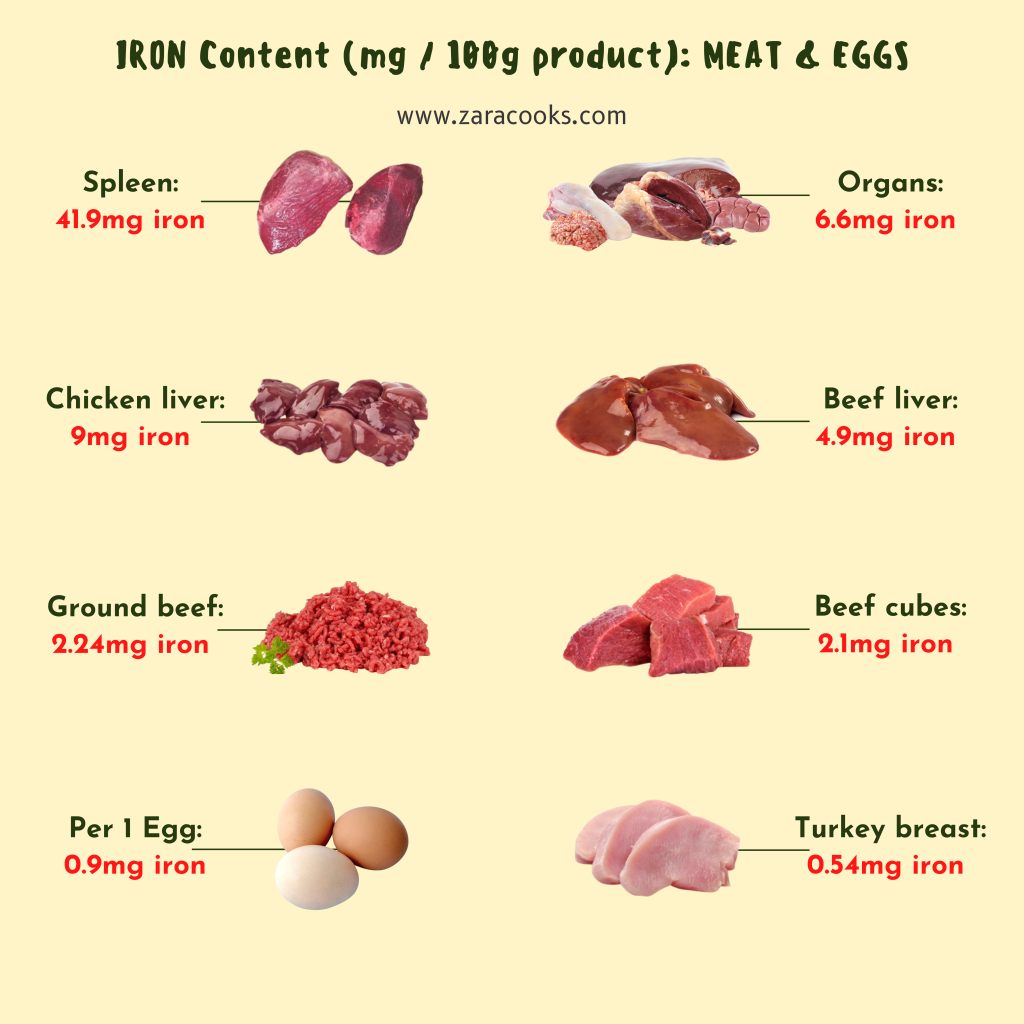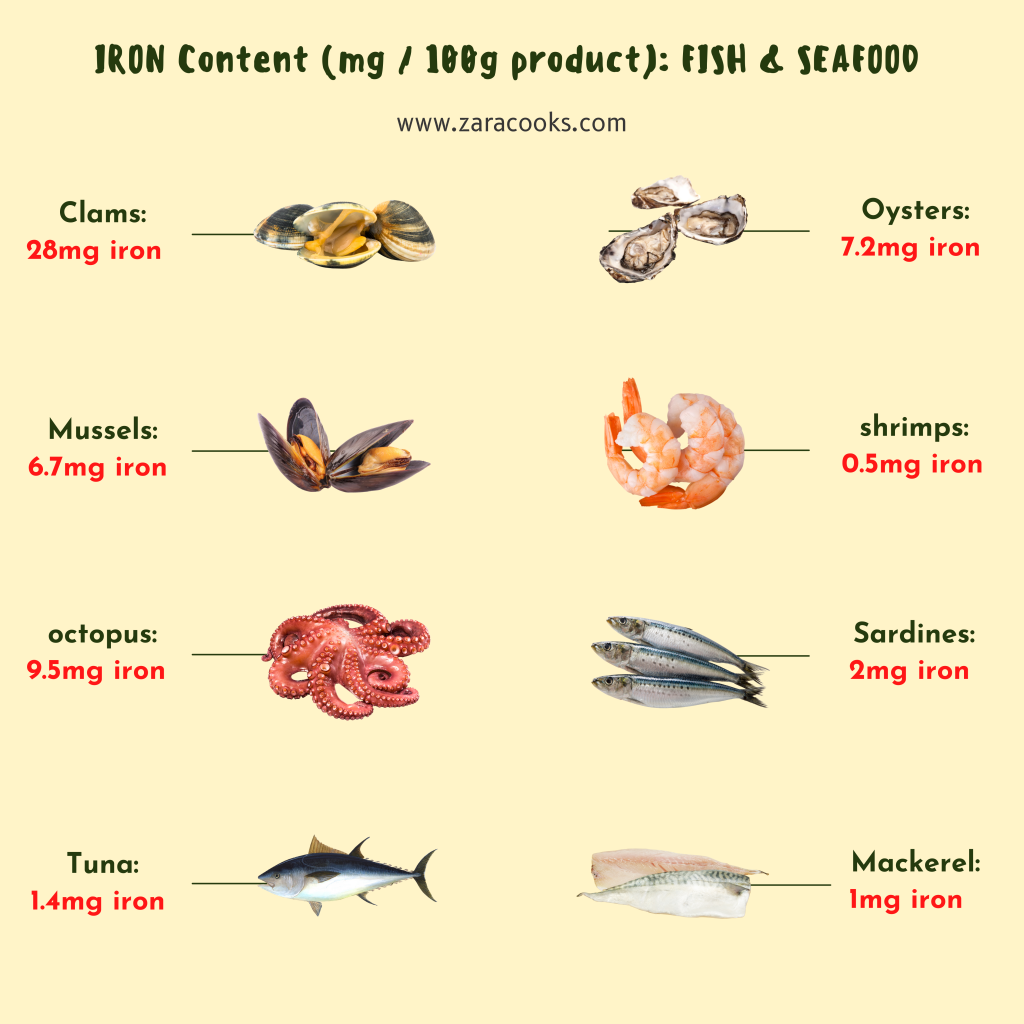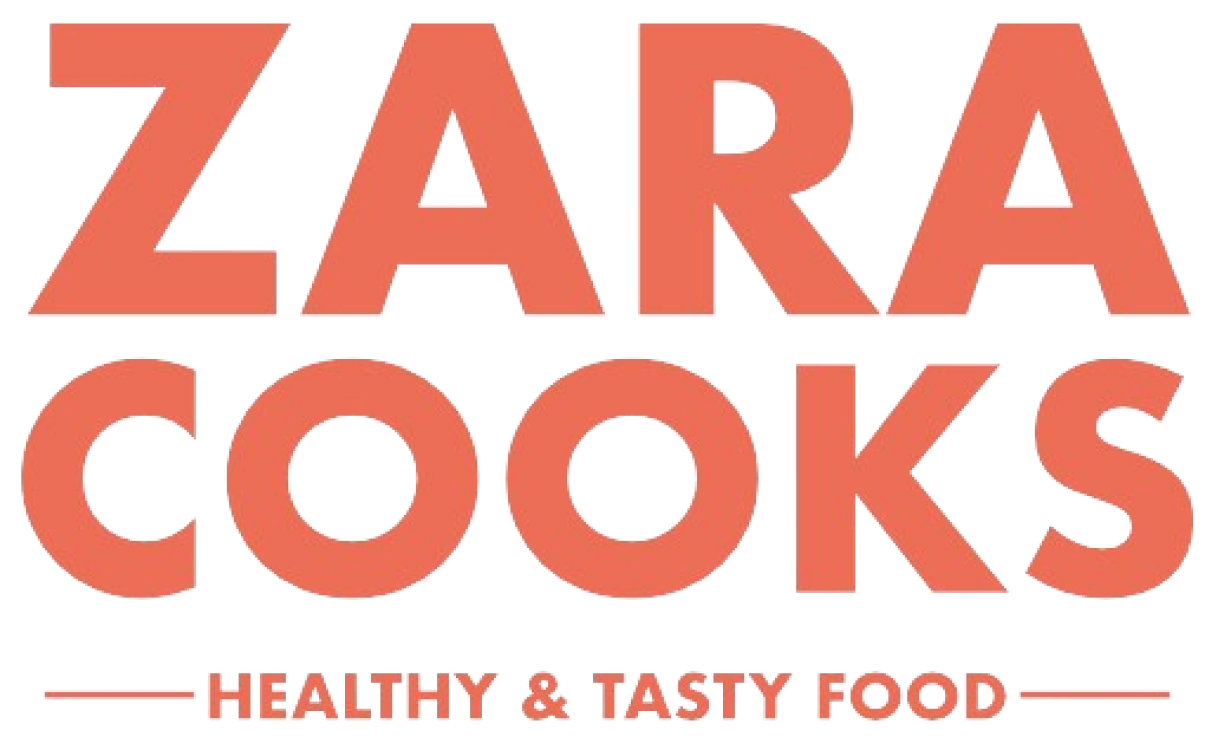Introduction
Iron is an essential nutrient that your body needs for a variety of functions, including the production of hemoglobin, which carries oxygen in your blood. It’s important to be mindful of where your iron comes from, as not all sources of iron are absorbed equally. Iron in your diet exists in two main forms: heme iron and non-heme iron.
Heme iron, derived from animal-based foods like red meat, poultry, and seafood, is highly bioavailable and more easily absorbed by the body. Non-heme iron, on the other hand, is found in plant-based foods and is less efficiently absorbed, requiring special attention to enhance its absorption. In today’s article, we will focus on the primary sources of heme iron from animal products, as these are the best options for quickly replenishing iron stores in the body, especially for those who are iron deficient.
Heme vs. Non-Heme Iron: A Quick Recap
- Heme Iron: Found in animal products (red meats, poultry, fish, and seafood), heme iron is easily absorbed and is more efficient at correcting iron deficiency.
- Non-Heme Iron: Found in plant-based foods such as whole grains, nuts, seeds, legumes, leafy greens, and fortified foods. Non-heme iron is less readily absorbed, but combining it with vitamin C-rich foods can help enhance absorption.
Since heme iron is better absorbed, it’s especially beneficial for people who are looking to quickly improve their iron levels. Let’s take a closer look at some of the top sources of heme iron from animal products, along with their iron content per 100 grams.
Top Sources of Heme Iron in Animal Products:


Why Focus on Heme Iron?
Heme iron from animal sources is absorbed at a rate of around 15-35%, while non-heme iron is absorbed at a much lower rate of 2-20%. This makes heme iron a more efficient and effective solution for addressing iron deficiency, especially for people who need to raise their iron levels quickly.
Incorporating these iron-rich animal products into your diet can ensure that your body gets the iron it needs in a highly absorbable form. This is especially important for individuals who are at a higher risk of iron deficiency, including menstruating women, pregnant women, and those recovering from surgery or illness.
Conclusion
Understanding the difference between heme and non-heme iron, and focusing on rich sources of heme iron from animal products, can make a significant difference in your ability to maintain healthy iron levels. Whether you choose spleen, liver, ground beef, or eggs, these foods can provide you with the iron you need to stay healthy and combat iron deficiency. In future posts, we’ll explore non-heme iron sources and tips for improving absorption.
